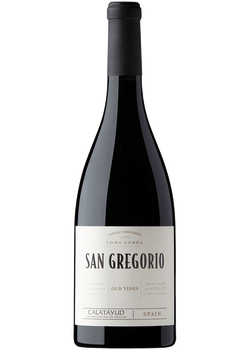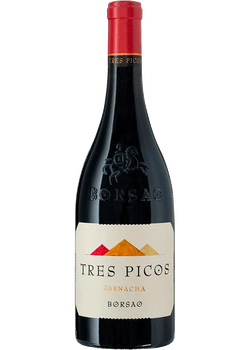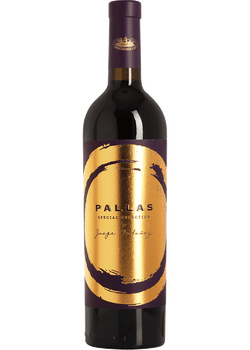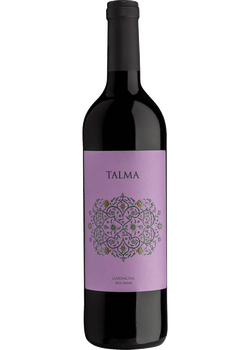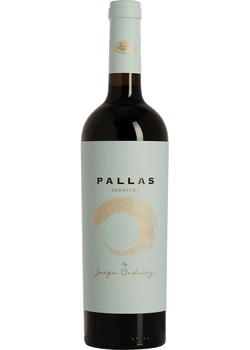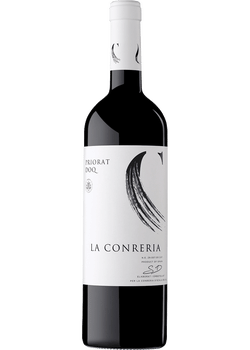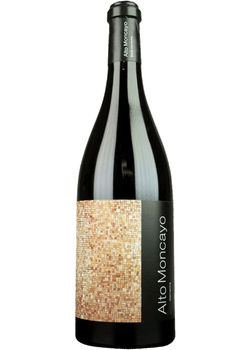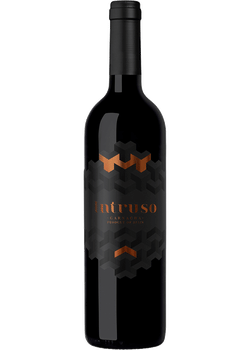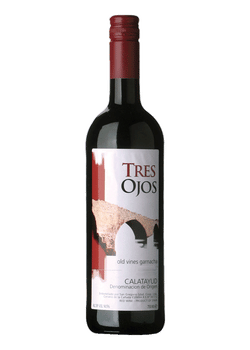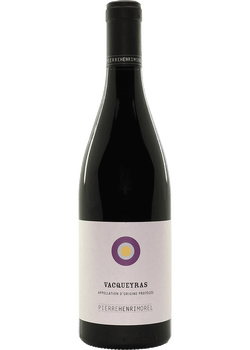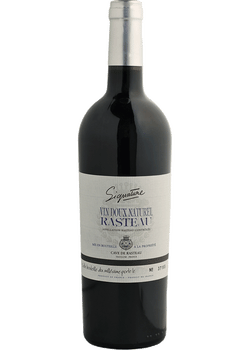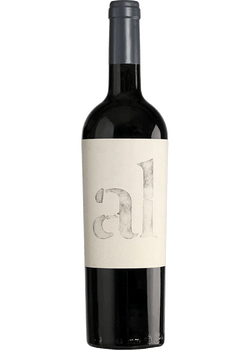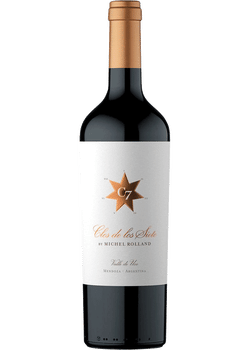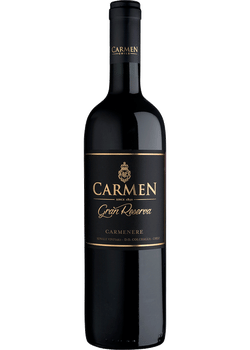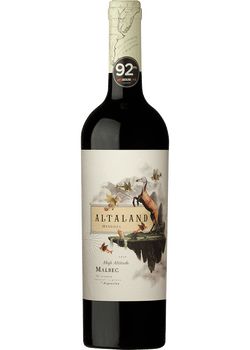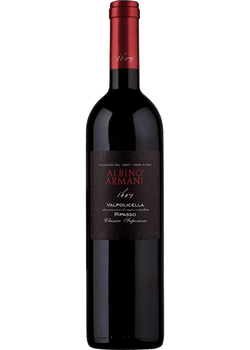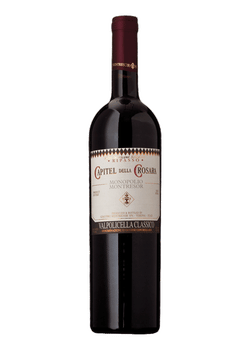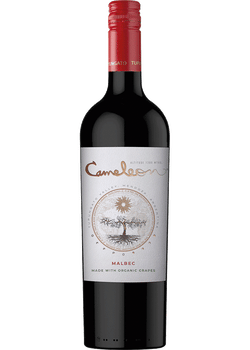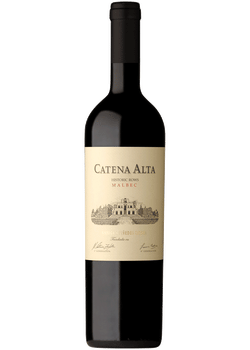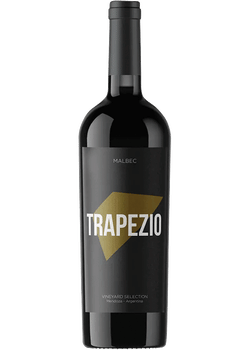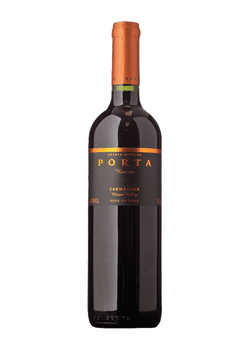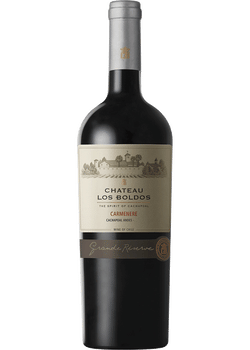What is Grenache?
Grenache is a friendly and hardworking grape that makes a surprising range of wines — everything from supple and intense wines of Gigondas to fruity and earthy Spanish reds to delicate and refreshing Rosés.
Garnacha, originally from Spain, is a wily grape that shows different facets depending on where it’s grown and how it’s treated in the cellar. But in all its guises, Grenache usually has a fruity strawberry and cherry core and soft tannins that make it easy to drink, somewhat like Pinot Noir.
Grenache is enjoyed internationally, but the best Grenache wines come from its home in northern Spain, southern France, Australia, and Washington State and California in the US. And whether the menu is Mediterranean fare, Spanish tapas, seafood, or grilled meat, Grenache is a delicious pairing choice.
3 facts to know about Grenache/Garnacha
- The grape Garnacha originated in Aragon, Spain, where it’s the country’s second-most planted wine grape after Tempranillo.
- Garnacha has an embarrassment of aliases, including Grenache Noir, Tinto Aragones, Cannonau, Tocai Rosso, and Lladoner.
- Grenache is versatile, making everything from Rosé to light fruity wines in Spain to deep and complex reds in Southern France.
Color

Tasting profile
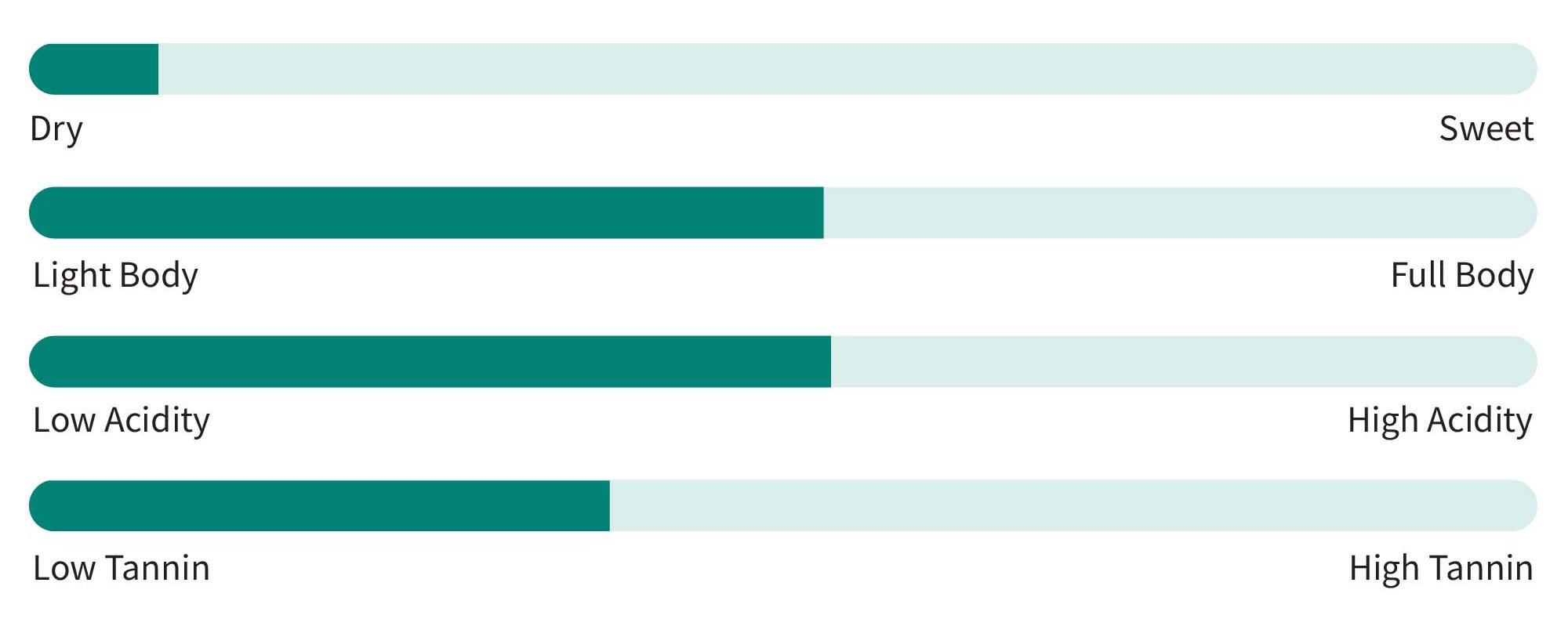
Grenache and Garnacha grapes are very versatile, making a range of wines, including refreshing Rosés, fruity and light reds, and bolder red wines with deep flavors. While they’re fruity, most Grenache wines are dry without a hint of sweetness. They usually have low tannins and bright acidity, leading some people to compare Grenache to Pinot Noir. Grenache Rosés and red wines from Spain tend to have a lighter body, while some of the Grenache blends from the hot Rhône are very ripe, creating wines with higher alcohol and weight.
Primary Grenache/Garnacha flavors
![]()
People love Grenache and Garnacha because they always deliver a juicy mouthful of fruit flavors like strawberry, cherry, plum, and raspberry. Depending on where the Grenache grapes were grown, other notes might include fig, lavender, thyme, and other herbs, followed by deeper leather, tobacco, white pepper, and baking spices like clove.
Shop the Flavors of Grenache
Key Grenache/Garnacha winemaking regions
Grenache thrives worldwide, especially in warmer regions where it reaches full ripeness.
Spain
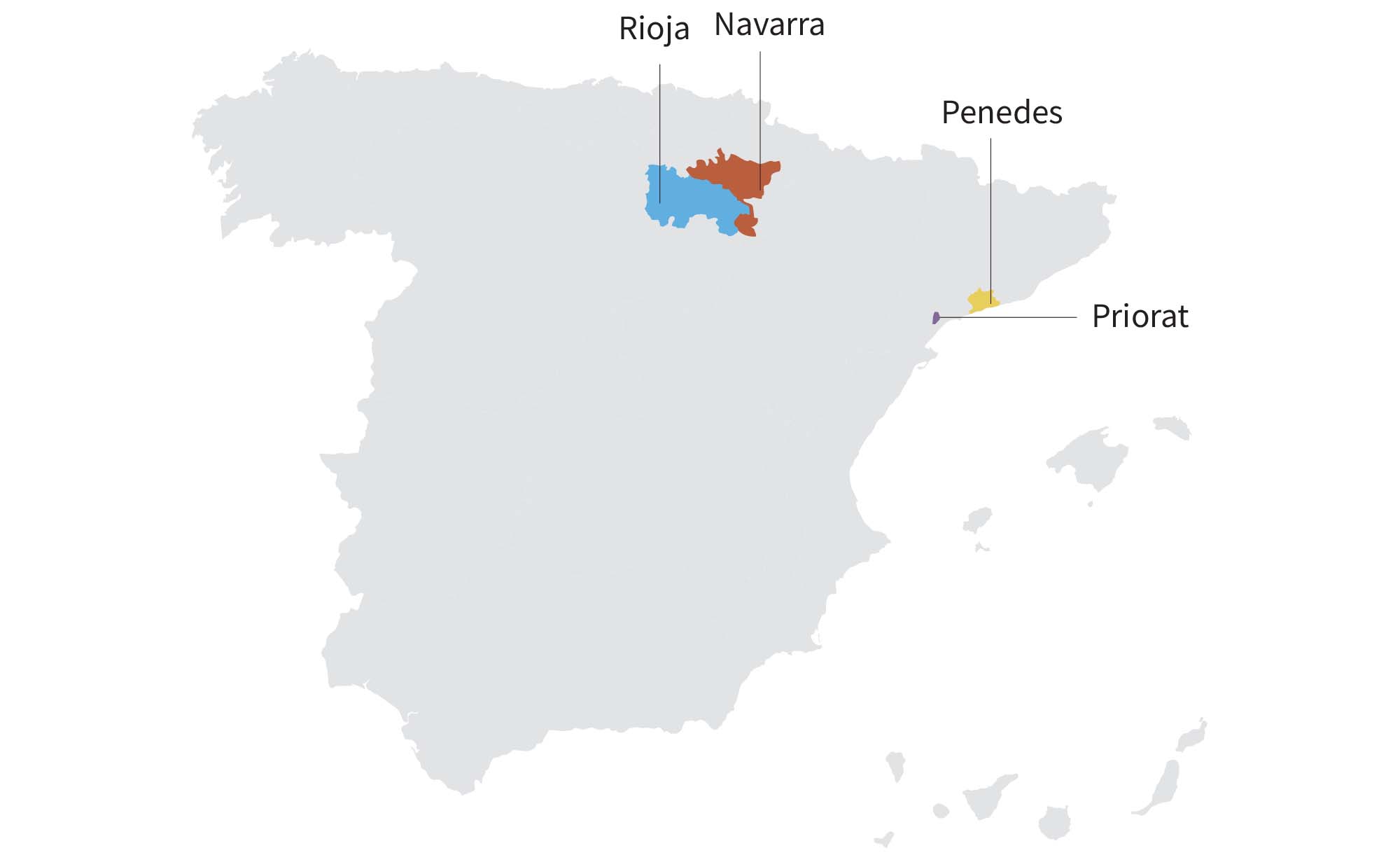
Northern Spain is Garnacha (or Garnaxta) country, and the grape was first cultivated in Aragon. Today, you’ll find Garnacha vineyards stretching from Rioja to Navarra, Priorat, and the Penedes in Catalonia. The vines prefer warm temperatures and well-drained soil, which helps the vine put its energy into ripening fruit. The thin-skinned fruit varies depending on the soil, so in Catalonia, the wines are more fruity, while in Navarra, it shows more sweet red fruit and peppery spice. In Rioja, where it’s called Garnacha Tinta, the wines are more structured with red fruit, earth, and mineral notes. In Priorat, the Garnacha shows its darker side with black cherry mixed with licorice and herbs like lavender and thyme.
France
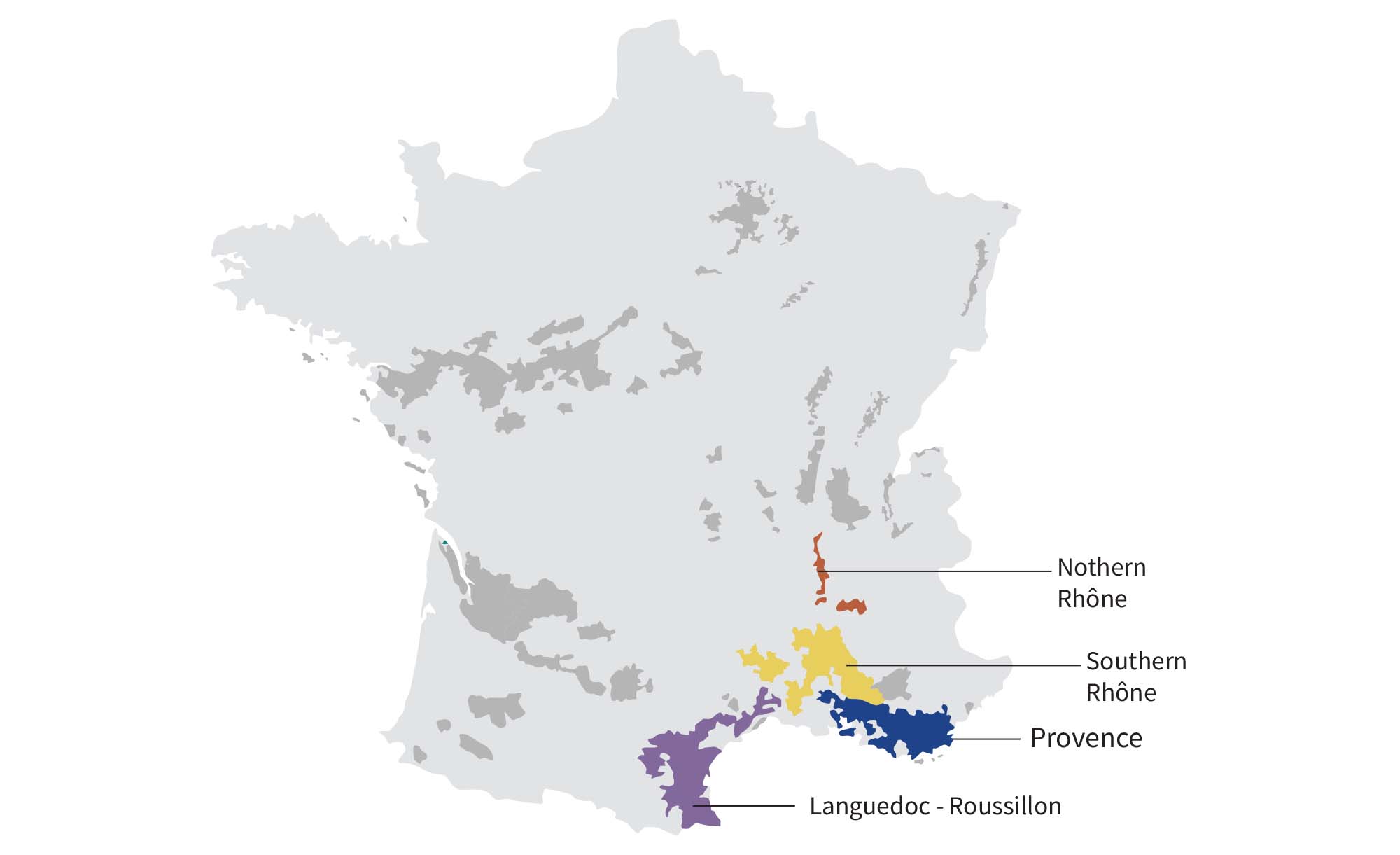
Grenache Noir is the full name of this grape most associated with three parts of France: the Southern Rhône, Provence, and Languedoc-Roussillon. In each area, the adaptable Grenache grape shows a different style.
Rhône
The Grenache wines of Gigondas are considered some of the best in the world. They’re full of bright red fruit and a silky texture that created a cult of devoted Gigondas fans. Meanwhile, in Châteauneuf-du-Pape, where stones reflect the sun’s heat, the Grenache wines can be inky with blueberry and cooked strawberry accented by violet, smoke, leather, and cigar.
Provence
While you can find some red Grenache wines here, Provence is the land of Rosé. It’s often blended with Syrah and Mourvèdre for a signature combination called GSM for short. Grenache Rosés have muted red fruit, citrus, thyme, mint, and lavender herbal notes.
Languedoc-Roussillon
In the Languedoc-Roussillon, Grenache is made into Rosé with soft red fruit flavors and easy-drinking reds that are often very affordable. The landscape here is full of herbs and scrubby bushes collectively called garrigue, and smoky, cooling notes of thyme, lavender, rosemary, and bay leaf flavor the Grenache wines.
United States
Washington
Grenache wines are some of the most exciting bottles coming out of Washington State. The combination of sunshine and cool coastal influences means the grapes are full of strawberry, raspberry, earthy flavors, and abundant natural acidity. Look for Grenache on its own or blended with anything from Tempranillo to Mourvèdre and Cinsault.
California
Grenache has long been used as a blending grape, but it’s finally getting the acclaim it deserves in the Central Coast wine regions. Look to Paso Robles for deep and moody Grenache wines that evoke Châteauneuf-du-Pape, while Santa Barbara and Monterey offer memorable Grenache wines with lots of red fruit, herbs, earth, and spice.
Australia
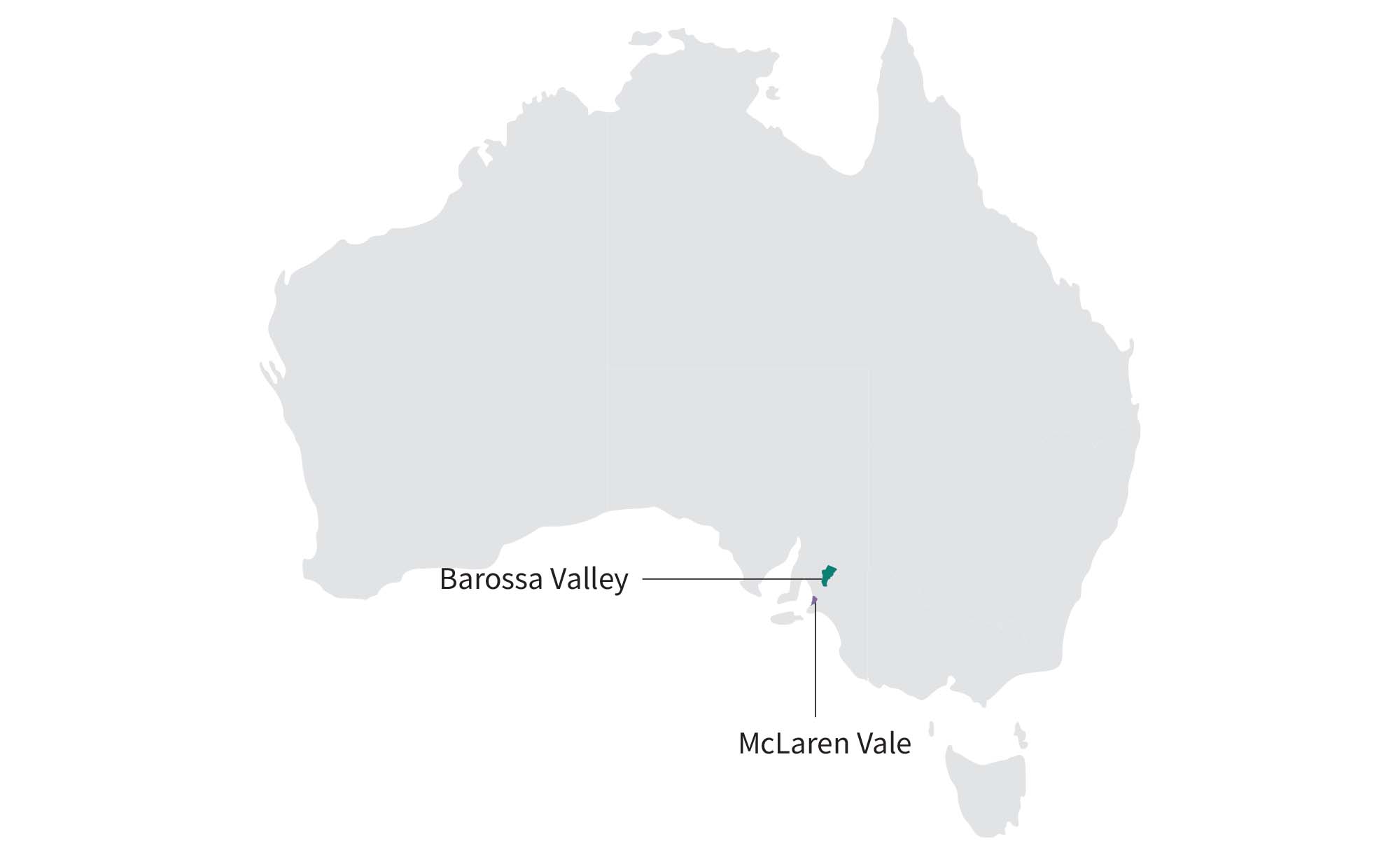
Grenache is one of the original varieties planted in the McLaren Vale and Barossa Valley in the 1800s. Today, old Grenache vines produce intensely flavored wines with stunning textures. More wineries are making Grenache Rosés, too, thanks to demand from younger wine drinkers.
Grenache and Garnacha food pairings
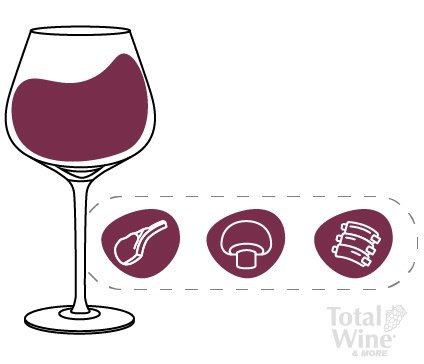
Grenache is a flexible and food-loving wine that paints beautifully with various foods. Garnacha Rosé is delicious with tapas, including bread with tomato, Jamon serrano, sauteed shrimp, calamari, and garlicky papas bravas. The same is true of GSM blends from the South of France; they’re delicious with oysters, roasted lobster, lamb, and Mediterranean staples like olive tapenade, savory vegetable tarts, and ratatouille.
How to store, serve, & enjoy Grenache
Red Grenache and Garnacha wines taste best when you chill them down to 55 or 60° Fahrenheit before serving. The coolness helps bring out Grenache’s juicy and refreshing qualities, especially in hot weather. Just put your bottle in the fridge for 20 minutes before serving. A Grenache Rosé is served colder, at 45 to 50°, so just refrigerate it for a bit longer.
Enjoy Grenache from a wide-bottom Burgundy glass or a taller Bordeaux glass since both will showcase the wine’s aromas. If you have leftover Grenache, just put the cork back in the bottle or add a wine stopper and store it in the refrigerator.
If you’re inspired to learn more about Grenache and Garnacha wines, check out our guides on Spanish wine regions, French wine, and Spanish red wines.

